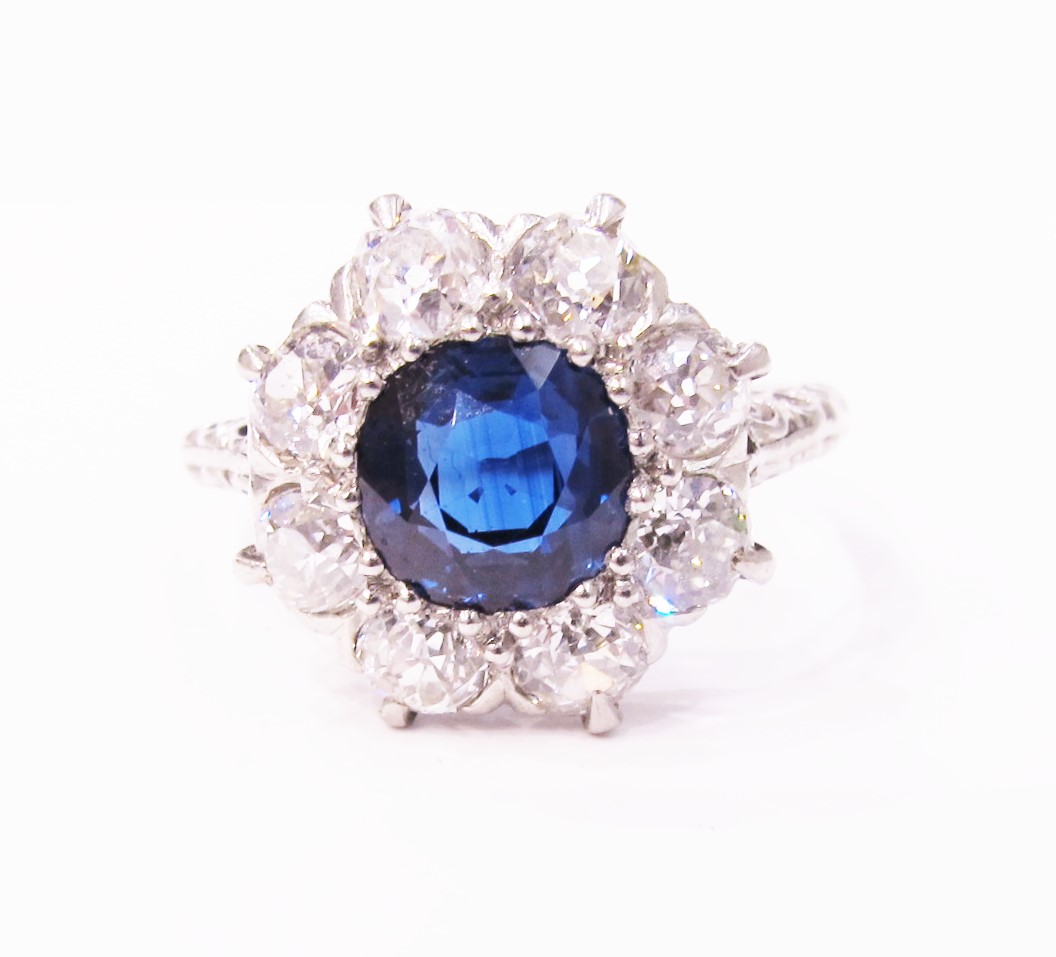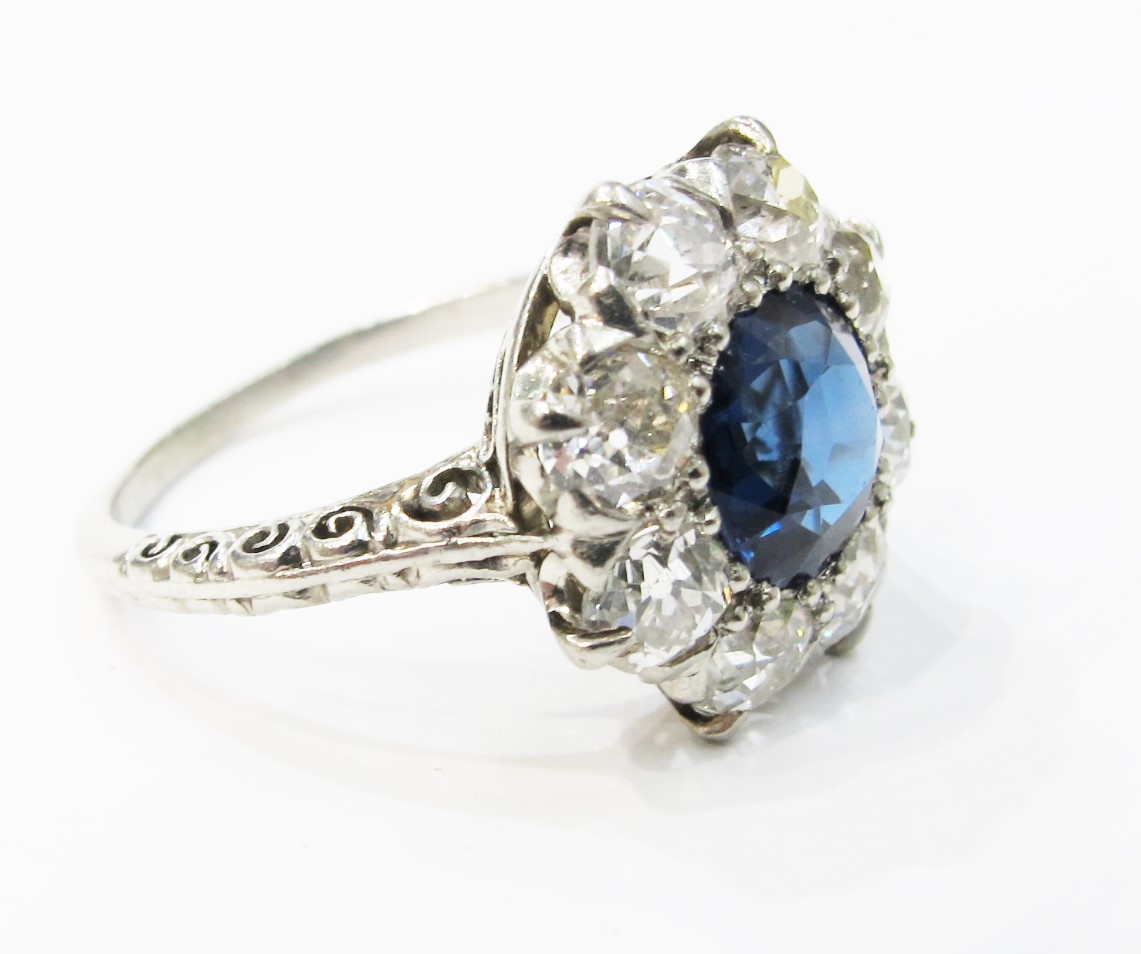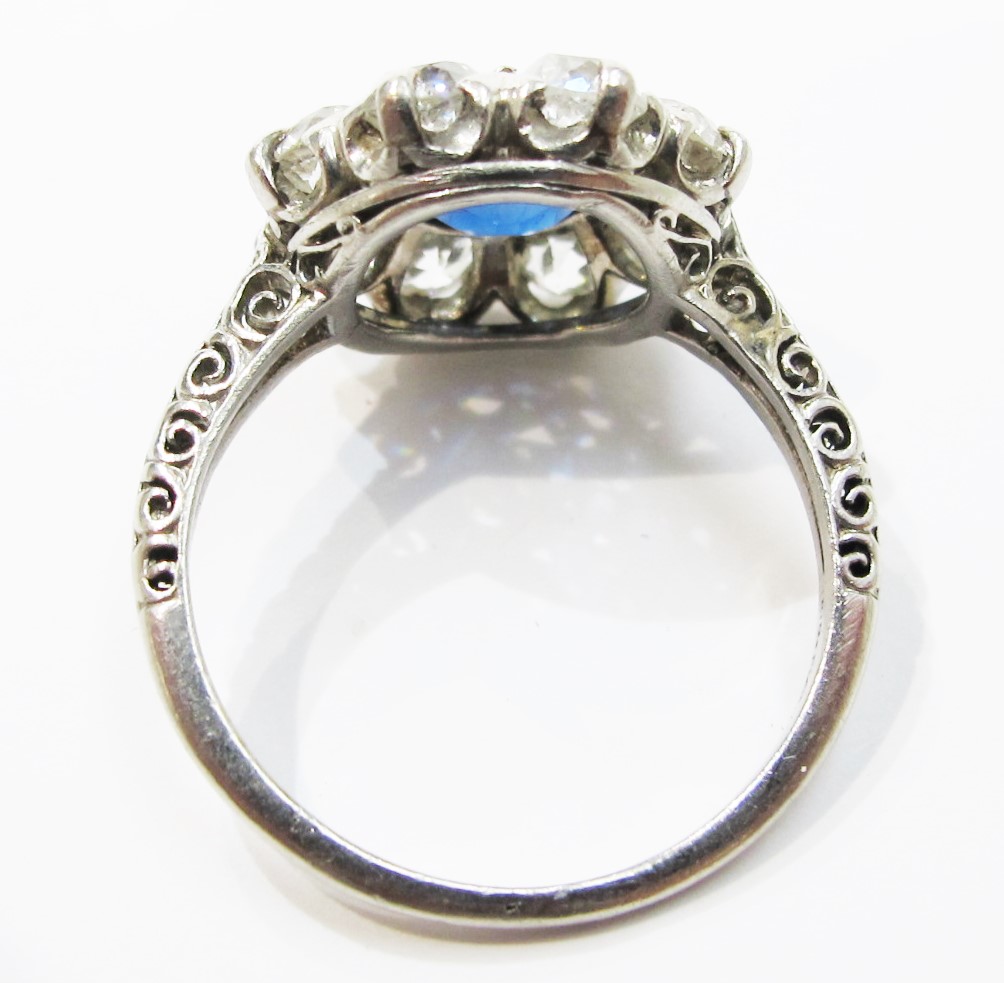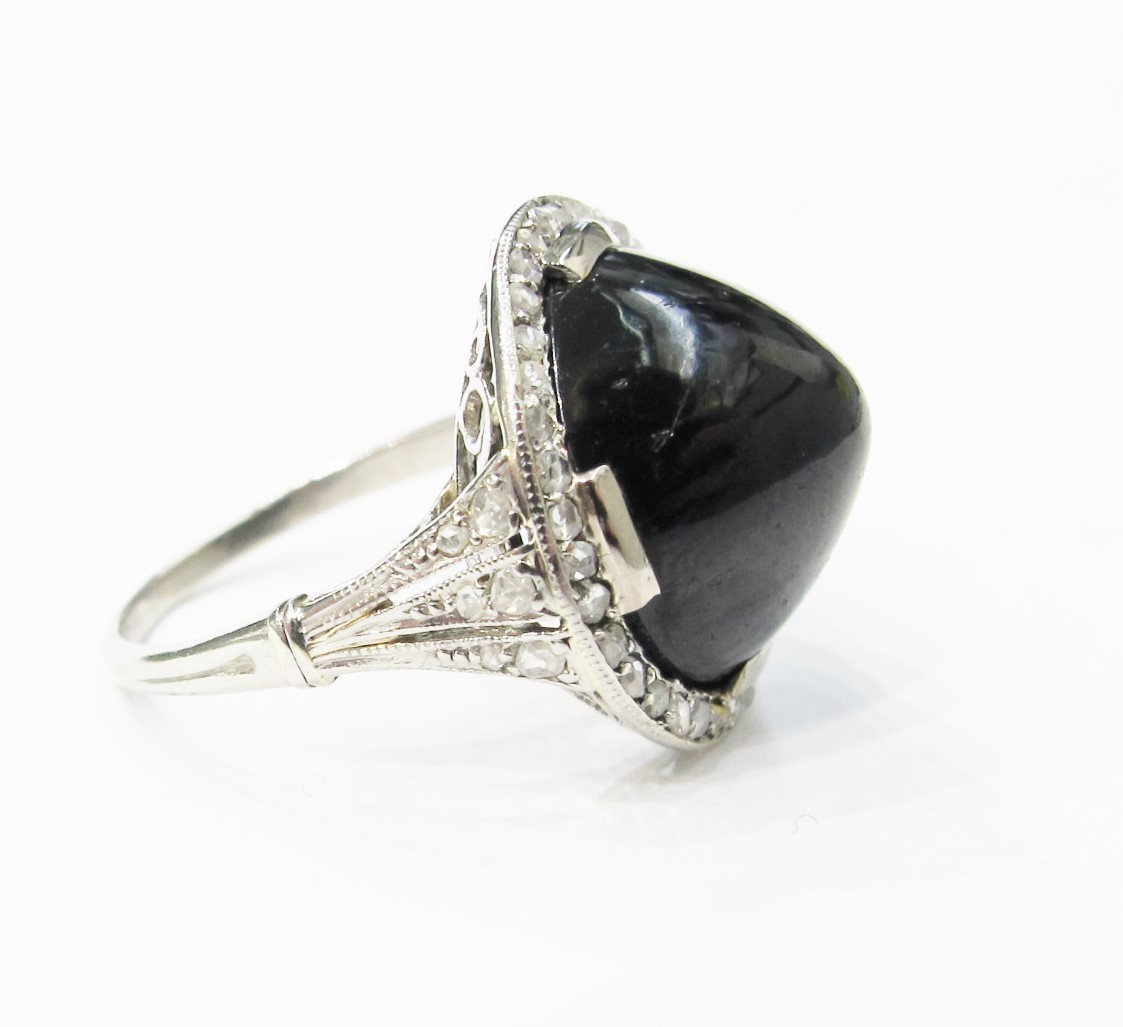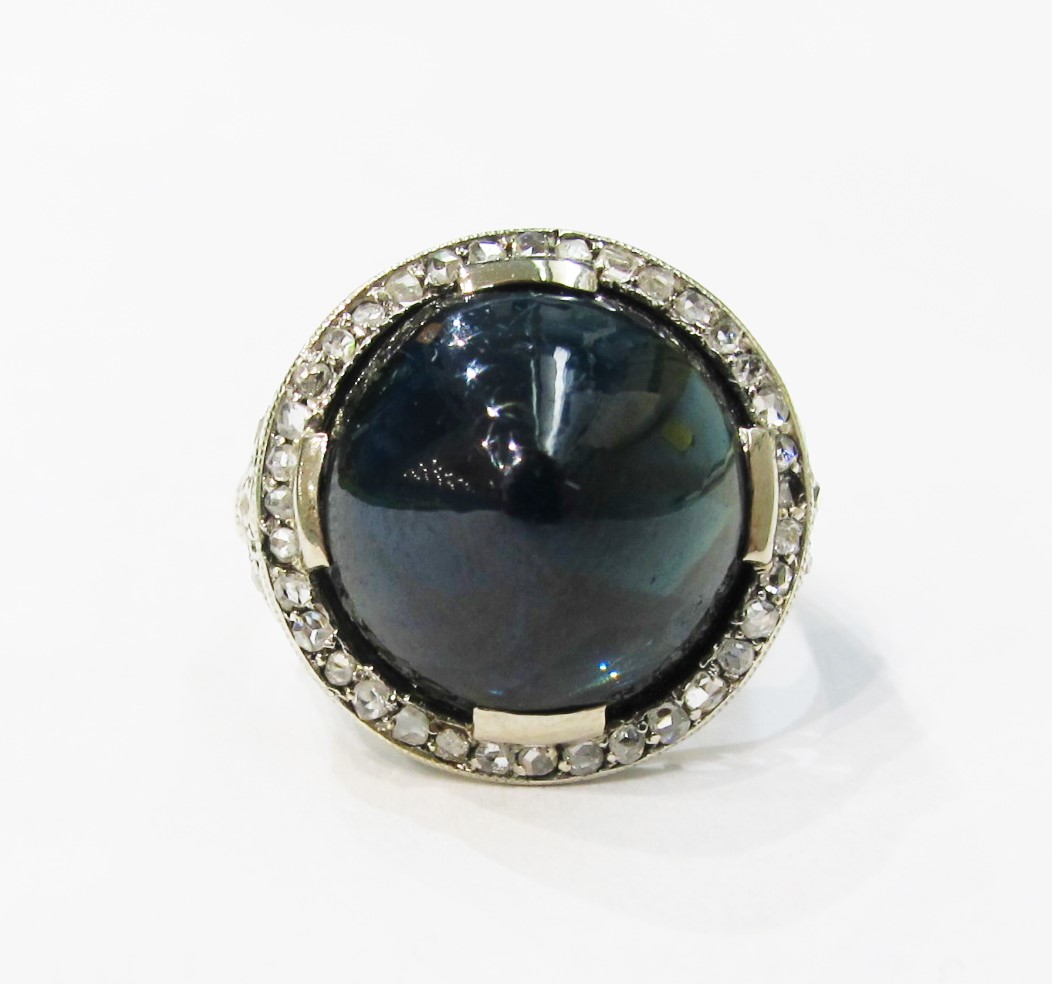Ever wondered why so many portraits from the early nineteenth century feature coral jewelry? You haven’t? Trust us, it’s everywhere.
Portrait of Lady Caroline Gordon, Thomas Barber the Elder, c. 1814.
For many thousands of years, Western societies have believed coral to be a magical gem with all sorts of protective powers.
Giovani D'Medici wearing a coral branch amulet, painted by Agnolo Bronzino c. 1545.
In the Georgian era, it became an especially popular adornment for children and young women, who were thought to be the most vulnerable to illness and thus in need of extra protection! We have several of these pieces in our cases at the moment: a pair of carved coral “chain” bracelets c. 1840, and a coral cluster brooch c. 1805. Here they are below:
You can see the actress, Mrs. Sarah Siddons, wearing similar pieces in this portrait c. 1804:
Mrs. Sarah Siddons by Sir Thomas Lawrence.
Supposedly, if coral jewelry retained its vibrant red hue it meant the wearer was happy and healthy. If the wearer was in bad health or in danger of becoming sick, the coral would turn pale. So, bright coral jewels in a painted portrait became an effective way to convey the wellbeing of the sitter.
We’re glad to see our own coral jewels have stayed happy and kept their color through the centuries.





